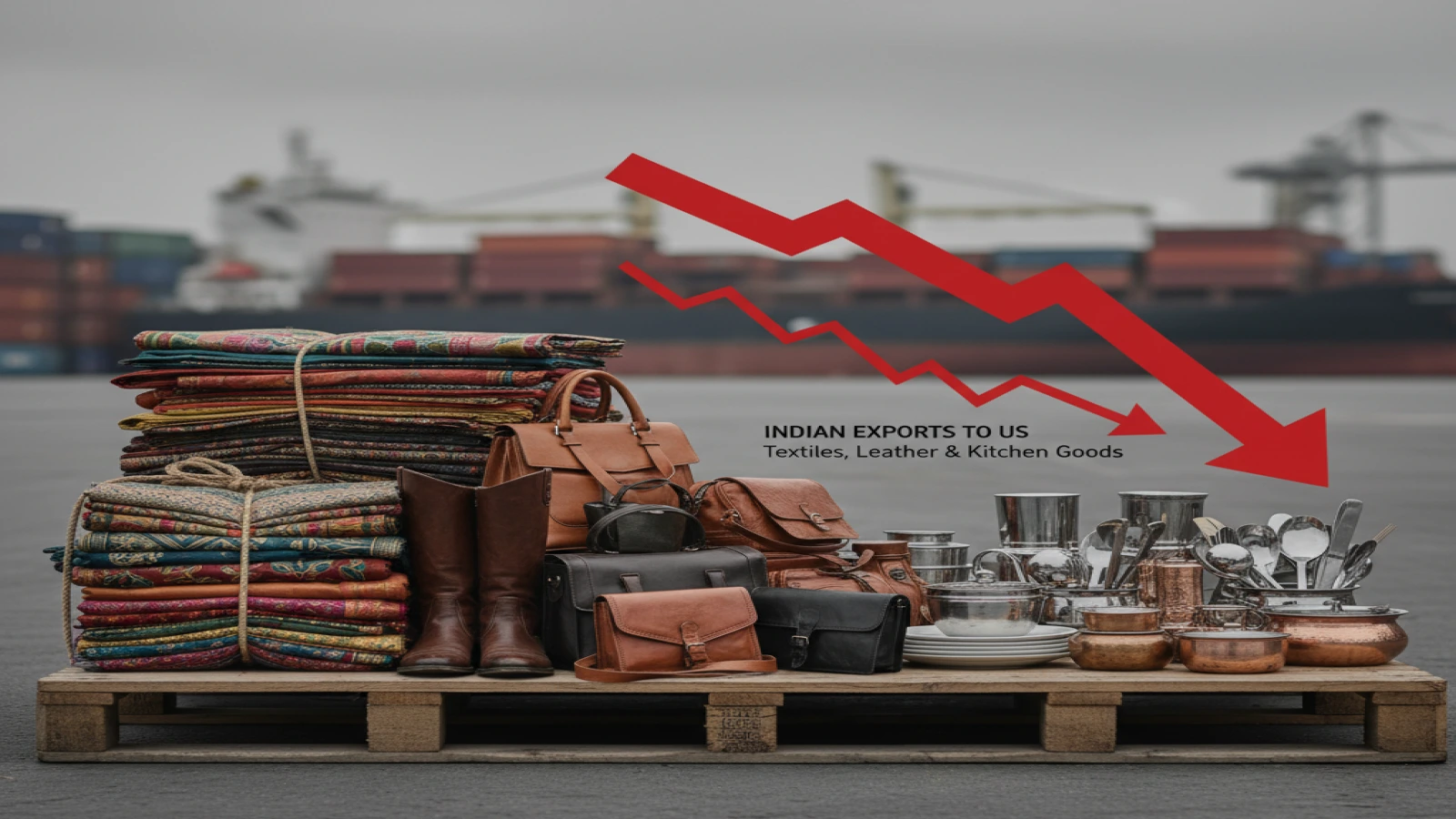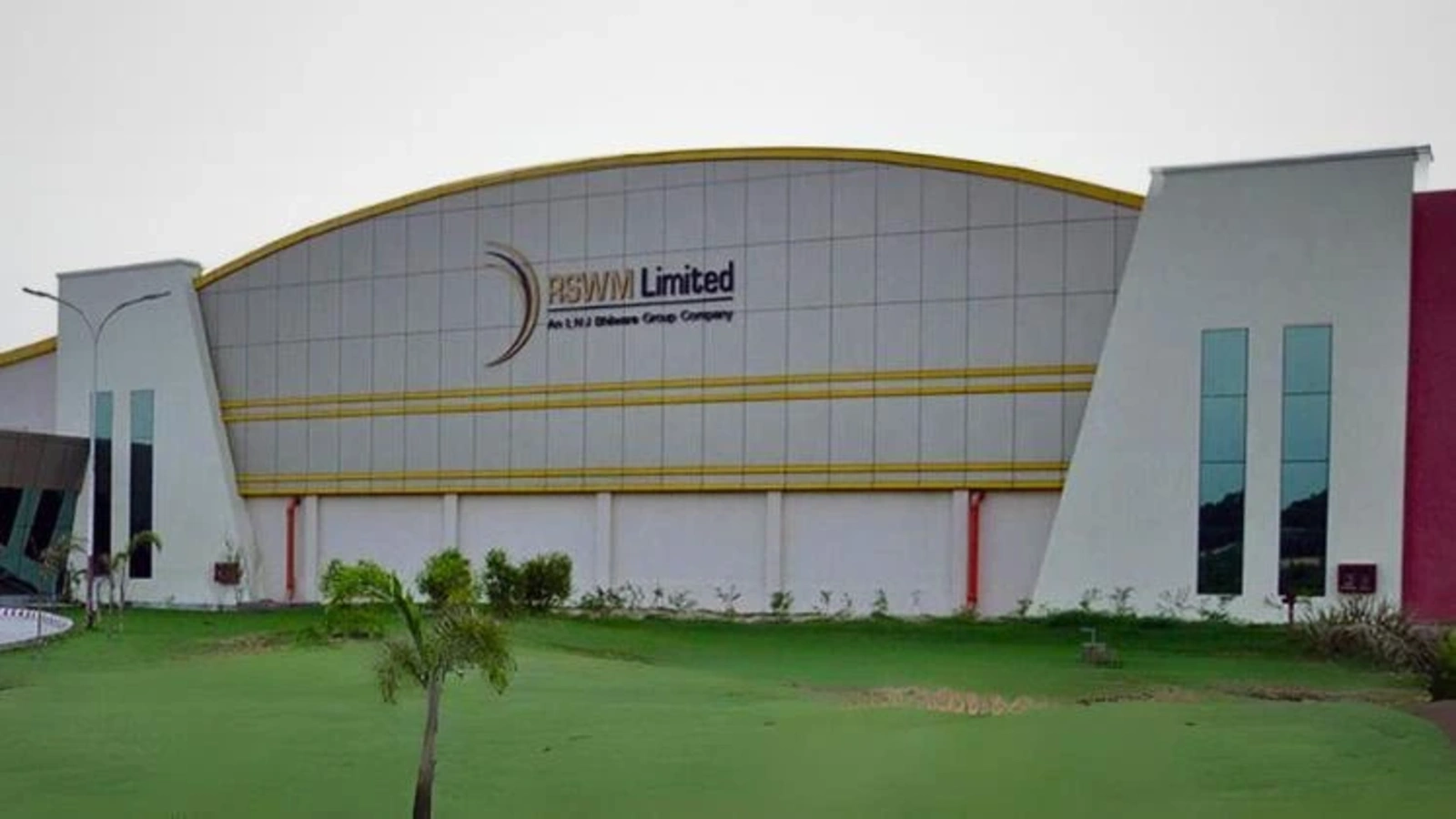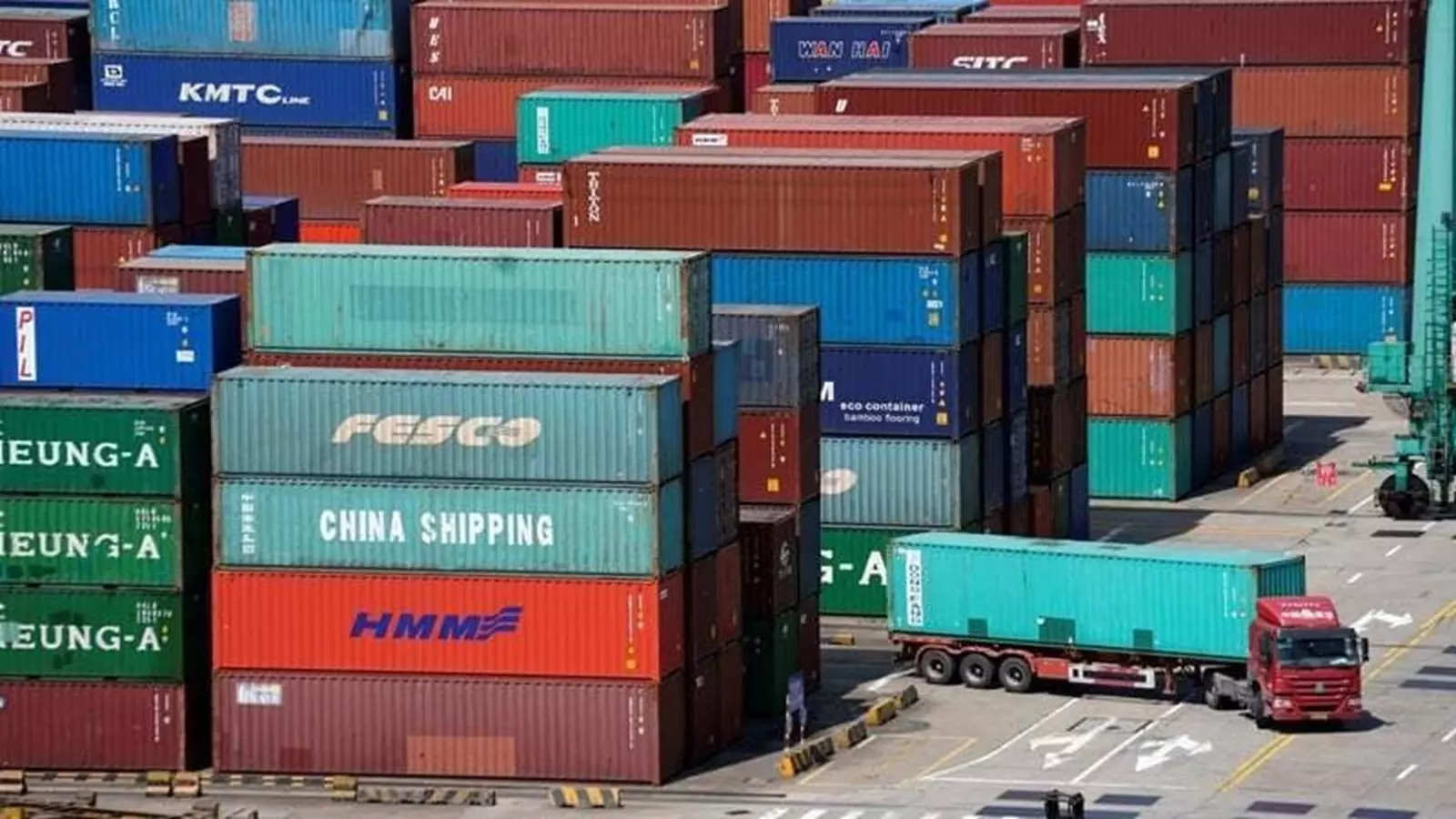Ideal Textile Solutions Backbone Of Blanket Industry Critical Role Of Machine Suppliers
Share Post
Registered in 2014, Ideal Textile Solutions, headed by Mr Amit Sindhwani, has gained immense expertise in supplying & trading of Textile Blanket Machinery. The supplier company is located in Panipat, Haryana and is one of the leading sellers of all the machinery which are used for Blanket manufacturing particularly warping machines, warp knitting machines, air mesh machines, beams, stentors and all types of processing, printing and nishing machines used for blanket manufacturing. They have supplied more than 1000 machines till date and one of the largest suppliers and traders in this domain in India. They also have capabilities to provide the best quality services. TBD had a conversation with Mr Amit Sindhwani, Proprietor of Ideal Textile Solutions regarding the market, challenges and opportunities of Blanket industry.
What is the current state of the Indian blanket market, including the number of players, average production capacity, and common manufacturing processes?
There are approximately 125-130 players in the Indian blanket market. The average production capacity per plant is around 14 tons, with a range of 10-20 tons. The primary manufacturing process used is flatbed printing. The machine’s minimum capacity is approximately 14 tons when producing mixed-weight fabrics. On average, we produce 13-14 tons per machine, which equates to roughly warps of knitting. For mink fabrics, the average production is around 15-16 tons per machine. An average Indian printing machine can produce around 14 tons of fabric per line. One of the leading manufacturers of these machines in India is Indian Tex, based in Ahmedabad. These machines typically use a flatbed printing process. However, for flannel, the average is only 300 kg. While mink blankets are still the most common, there is a growing trend towards producing a mix of mink, cloudy, and semi-cloudy blankets. The average production capacity for mink is higher (800 kg per machine) compared to flannel (300 kg) and cloudy (500 kg). A typical plant with a capacity of 15 tons would require around 15-16 machines for mink blankets and 30 machines for cloudy blankets.
What are the key differences between the showroom market and the ferry market for blankets in India, and how do these differences impact the sales and distribution of cloudy blankets?
The Indian blanket market can be broadly divided into two main segments, first is Showroom market caters to customers who purchase blankets from retail stores or showrooms and second is Ferry market involves selling blankets directly to customers in villages and cities, often using motorcycles or cars as mobile shops. The ferry market is significantly larger than the showroom market, as it reaches a broader customer base. The ferry market relies on a direct-to-customer approach, while the showroom market involves traditional retail channels. The ferry market often involves lower prices due to the direct-to-customer model and the need to compete in a more price-sensitive environment.
While cloudy blankets may be well-suited for the showroom market due to their perceived quality and premium pricing, they may face challenges in the ferry market, which is more price-sensitive and focused on bulk sales. The use of 3D printing in the blanket industry, suggesting that this technology may be used to create unique and customized products that could appeal to both showroom and ferry market customers.
What is the role of agents and dealers in the Indian blanket market, particularly in relation to cutting and stitching processes?
Agents and dealers play a significant role in the Indian blanket market, especially in the distribution and finishing stages. Many agents and dealers specialize in cutting blankets, taking the rolls from mills and cutting them to desired sizes. While some mills may stitch blankets themselves, a significant portion of stitching is done by agents or dealers, often in villages or small workshops. Agents and dealers are responsible for distributing blankets to various markets, including retail stores, wholesalers, and end consumers. The market is evolving, with more options for buyers to purchase blankets in either rolled or stitched form. However, the majority of blankets sold in the ferry market (villages and cities) are still stitched by agents or dealers after purchase. Overall, agents and dealers play a crucial role in the value chain of the Indian blanket industry, providing essential services such as cutting, stitching, and distribution.
What is the current capacity utilization of blanket manufacturing plants in India, and what are the key factors inuencing their production levels?
The average capacity utilization of blanket manufacturing plants in India is currently high, with many plants operating at full capacity. This is likely due to increased demand for blankets, driven by factors like the growing middle class and changing consumer preferences. The total capacity of the industry is estimated to be around 1500-1600 tons per day. Most plants are currently focused on producing mink, fleece, and polar blankets, with a shift away from flannel blankets.
The increased demand for blankets has led to higher capacity utilization and a focus on efficiency. While the industry is currently operating at a high capacity, factors like seasonal demand, economic conditions, and competition could influence future production levels.
What are the key factors to consider when selecting machinery for blanket manufacturing, and what are the advantages of using Saijia machines?
When choosing machinery for blanket manufacturing, the specific type of machine, such as warp knitting or air mesh machines, depends on the type of blanket being produced. The durability and reliability of the machinery are crucial factors to consider.
Changzhou Saijia machines are known for their low wear and tear. Smooth and efficient operation can improve productivity and reduce downtime. Saijia Machine has established a positive reputation in the market. Saijia machines are known for their quality and reliability, making them a popular choice in the industry.
Processing machines play a particularly significant role in this industry. All stages of production play a role in the f inal quality and competitiveness of the blankets.
When selecting machinery for blanket manufacturing, it is essential to evaluate factors like machine type, durability, ease of operation, and the reputation of the supplier.
What are the key stages involved in the nishing and processing of cloudy blankets, and how do these processes differ from those used for other types of blankets?
The finishing and processing of cloudy blankets involves preparing the fabric for further processing, using machines like polishing and brushing machines. Depending on the desired design, the fabric may be dyed or printed. These processes help to set the colors and improve the fabric’s texture and final stage involves applying treatments to enhance the fabric’s properties, such as softness, durability, or water resistance. For fabrics like cloudy, the typical process involves warp knitting, followed by pre-finishing stages such as polishing and brushing. After that, the fabric is either printed or dyed, with printing being the more common choice. The final steps in the process include washing, aging, and finishing.”
What are the key differences in manufacturing processes between Indian and Chinese blankets?
The difference in Indian and Chinese blanket manufacturing processes lie in the use of stenter machines and the width of the machines used. Chinese manufacturers consistently use stenter machines in their production processes, while Indian manufacturers, particularly those producing mink blankets, often do not. Stenter machines are used for heat setting and dimensional stabilization. Chinese manufacturers tend to use narrower machines (90-100 inches), while Indian manufacturers prefer wider machines (110 inches or more).
Over the past 10 years, the Indian blanket industry has adopted some Chinese practices, such as using stenter machines for certain types of blankets like cloudy and f lannel. This shift is likely due to the need to address issues like shrinkage and maintain consistent quality.
Finishing processes involved in producing cloudy and f lannel blankets due to their lighter weight, cloudy and f lannel fabrics require the use of a stenter machine to control shrinkage. This involves a two-step process: pre-finishing (heat setting) followed by printing and f inishing. Many textile plants that produce cloudy fabrics have two stenter machines to accommodate this process. Even flannel fabrics typically require two 8- to 10-chamber stenter machines for optimal processing.
What are the key trends and changes in the Indian blanket industry over the past 10 years, particularly in terms of manufacturing processes, quality, and exports?
In the past, the we processed flannel fabrics through a stenter machine only once or twice. However, due to increased market demand for higher quality fabrics, we now need to run them through the stenter machine up to four times. The quality of blankets has significantly improved in recent years. Just a few years ago, consumers often looked to imported blankets, especially from China, for the best quality. Now, domestic manufacturers like Sarla are producing exceptional blankets that rival international standards.
This shift has positive implications for the Indian blanket industry. While there were virtually no blanket exports a few years ago, the industry’s growing reputation for quality could lead to a surge in exports. Currently, there are approximately 25 to 30 companies exporting blankets from India. While some of these companies focus on lower-quality products that are not produced in China, others are producing high-quality blankets.
One prominent example of a company that specializes in blanket exports is Jindal. The Jindal Group operates three 100% EOUs run by different family member.
What emerging trends are you observing in China that you believe will drive its next phase of economic growth?
The final finishing process, there are various value added stages that require specialized machinery. Unfortunately, even when imported into India, these machines often prove difficult to operate effectively. Examples of such value-added machines include embossing machines, cutting machines, design cutting machines, and steam brushing machines.
One of the reasons for this difficulty lies in the differences between Indian and Chinese yarns. The knitting processes and yarn qualities used in China are often distinct, making their specialized machinery less compatible with Indian materials. The specific types of yarn used in China for value-added processes are not readily available in India. If these yarns were to become accessible, it would significantly enhance the potential for value-added manufacturing within the Indian textile industry.
Post COVID-19 pandemic, restrictions on Chinese travel to India limited the exchange of technical knowledge and expertise. To address this, investing in new machinery and inviting Chinese engineers to India could potentially improve domestic capabilities. While the availability of appropriate yarns is crucial, it’s important to note that other factors, such as machinery and technical expertise, also play a significant role in achieving successful value-added production.
How can we develop a competitive local machine processing system for knitting in India, given the historical challenges faced by other regions?
Developing a sophisticated local machine processing system for knitting is a complex and time-consuming endeavor. As evidenced by China’s experience, it can take decades to achieve significant advancements. The quality of Chinese knitting machines has evolved dramatically over the past 15-20 years. This progress underscores the need for long-term investment and commitment to technological development. India is currently lagging behind in this area and has yet to initiate serious efforts toward developing its own advanced knitting machinery.
04:11 PM, Nov 14
Other Related Topics







.webp)






